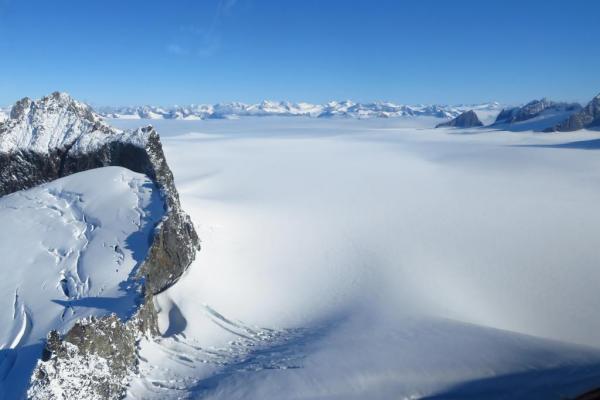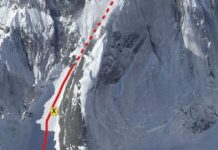
JUNEAU, Alaska, April 12 (UPI) — The bottom edge, or terminus, of Alaska’s Mendenhall Glacier is visible from the U.S. Forest Service center in Juneau, but the glacier is quickly retreating and is expected to eventually disappear behind the edge of the mountain.
In fact, new research suggests the ice field that feeds the glacier — and many others — is likely to be gone by 2200.
“By the end of this century, people will most likely not be able to see the Mendenhall Glacier anymore from the visitor’s center,” Regine Hock, a glaciologist at the University of Alaska Fairbanks, said in a news release.
Climate scientists at UAF’s Geophysical Institute looked at historical fluctuations in the size of the Juneau Icefield, the nation’s fifth largest, while also collecting more up-to-date and precise data on the rate of warming and glacial runoff in the area.
The team of scientists used the new observations to improve the Weather Research and Forecasting Model, which they then combined with the Parallel Ice Sheet Model — a model used by climate scientists and glacier researchers all over the world.
The new and improved hybrid model suggests that if global warming continues at the current rate, the ice field will be 60 percent melted by 2099 and entirely gone by 2200.
However, should warming be stemmed, the glacier would only retreat slightly before stabilizing.
Researchers published the findings in the Journal of Glaciology.





